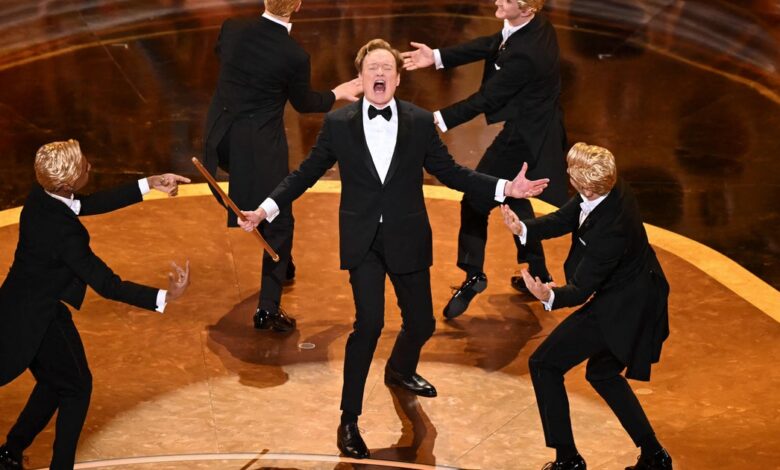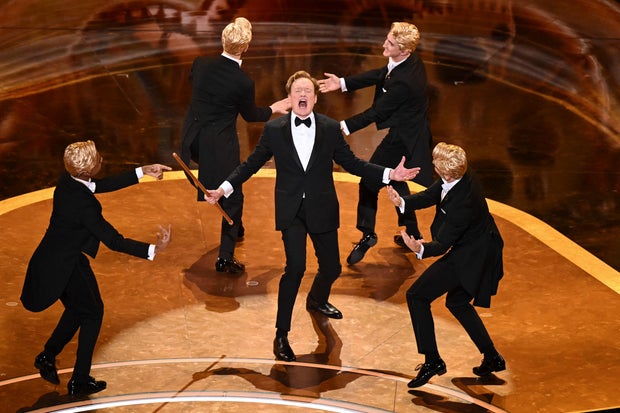Conan O’Brien is returning as Oscars host in 2026

Conan O’Brien is returning to the Oscars stage in 2026. The late-night host and comedian will preside over the 98th Academy Awards, set for March 15, the film academy’s leadership said Monday.
“The only reason I’m hosting the Oscars next year is that I want to hear Adrien Brody finish his speech,” O’Brien said in a statement.
This year was O’Brien’s first time leading the show, which attracted its biggest broadcast audience in five years despite the winning movie, “Anora,” being relatively small. An estimated 19.7 million viewers watched the 97th Academy Awards ceremony earlier this month, according to broadcaster ABC, with a big lift among people aged 18 to 49, driven by mobile and laptop watches from younger viewers. It was also the most watched prime-time entertainment show of 2025.
“Conan’s unique comedic style perfectly captured the moment, and I’m excited to have his talents back onstage next year to helm another indelible performance,” said Craig Erwich, the president of Disney Television Group, in a statement.
PATRICK T. FALLON/AFP via Getty Images
Next year O’Brien will also be surrounded by a familiar team, with Raj Kapoor and Katy Mullan returning as executive producers of the show and Jeff Ross and Mike Sweeney as producers. Academy CEO Bill Kramer and Academy President Janet Yang said in a joint statement that it’s an honor to be working again with the group behind this year’s broadcast.
“This year, they produced a hugely entertaining and visually stunning show that celebrated our nominees and the global film community in the most beautiful and impactful way,” Kramer and Yang said. “Conan was the perfect host — skillfully guiding us through the evening with humor, warmth and reverence.”
The show also succeeded in social media metrics, outperforming both the Grammy Awards and the Super Bowl, according to Oscars organizers. This was the first time that the show was streamed live simultaneously on Hulu, which was not without its glitches.
The timing of the announcement of next year’s hosting and producing teams — less than a month after this year’s Oscars — is unusually early for the film academy and ABC.
O’Brien, 61, spent nearly three decades as a late-night host. In 2015, he became the “longest-working current late night talk show host” in the U.S., following David Letterman’s retirement, according to TBS.
He has hosted other high-profile awards shows, including hosting the Emmys in 2002 and 2006.
Before he became a well-known TV personality, O’Brien was a writer for “Saturday Night Live” and “The Simpsons.”





